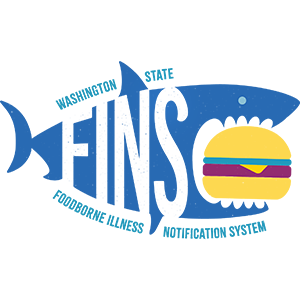Contact Us
Overview
The USDA defines food insecurity as “consistent access to adequate food is limited by a lack of money and other resources at times during the year.”
Basics
Food is a basic need for people, yet many people do not have enough food or the right kinds of food to lead an active, healthy life.
USDA’s Labels of Food Security and Food Insecurity:
- High food security- no reported indications of food-access problems or limitations.
- Marginal food security- one or two reported indications-typically of anxiety over food sufficiency or shortage of food in the house. Little or no indication of changes in diets or food intake.
- Low food security- reports of reduced quality, variety or desirability of diet. Little or no indication of reduced food intake.
- Very low food security- reports of multiple indications of disrupted eating patterns and reduced food intake.
Characteristics of Households with Very Low Food Insecurity:
- Have worries that food will run out
- Cannot afford a balanced meal
- Cut size of meal or skipped meal
- Ate less than desired
- Hungry but didn’t eat
- Lost weight
- Went a whole day without eating
To be considered food secure, families and individuals need:
- Enough money to buy healthy foods
- Protection from unaffordable health care costs
- Affordable housing that allows for the storing and preparing of foods
- A means of transportation to purchase healthy and affordable foods Reliable access to food assistance programs
How to Prevent Foodborne Illnesses
Spokane or Washington Specific Data
Recommendations
Food insecurity is associated with poorer self-reported health status and lower intake of fruits and vegetables. Poor eating habits in childhood may continue into adulthood contributing to declines in health.
Spokane County has been working to implement several projects that will help address food insecurity and affordable access to healthy foods, such as creating community partnerships to increase access to fresh fruit and vegetables through free and healthy community meals and produce distribution; having farmers’ markets accept food assistance debit cards and Women, Infant, and Children (WIC) nutrition program vouchers; amending city and county comprehensive plans as a first step to improving resident access to growing their own food; having schools participate in farm-to-school and school garden programs; and increasing the number of community gardens, especially in lower income neighborhoods.
Related Facts

49.1 million Americans live in food-insecure households, including nearly 16 million children. (Feeding America)

Report Unsafe Food Handling or Foodborne Illness
Please report unsafe food handling practices or foodborne illness to the Washington State Department of Health Foodborne Illness Notification System (FINS).

